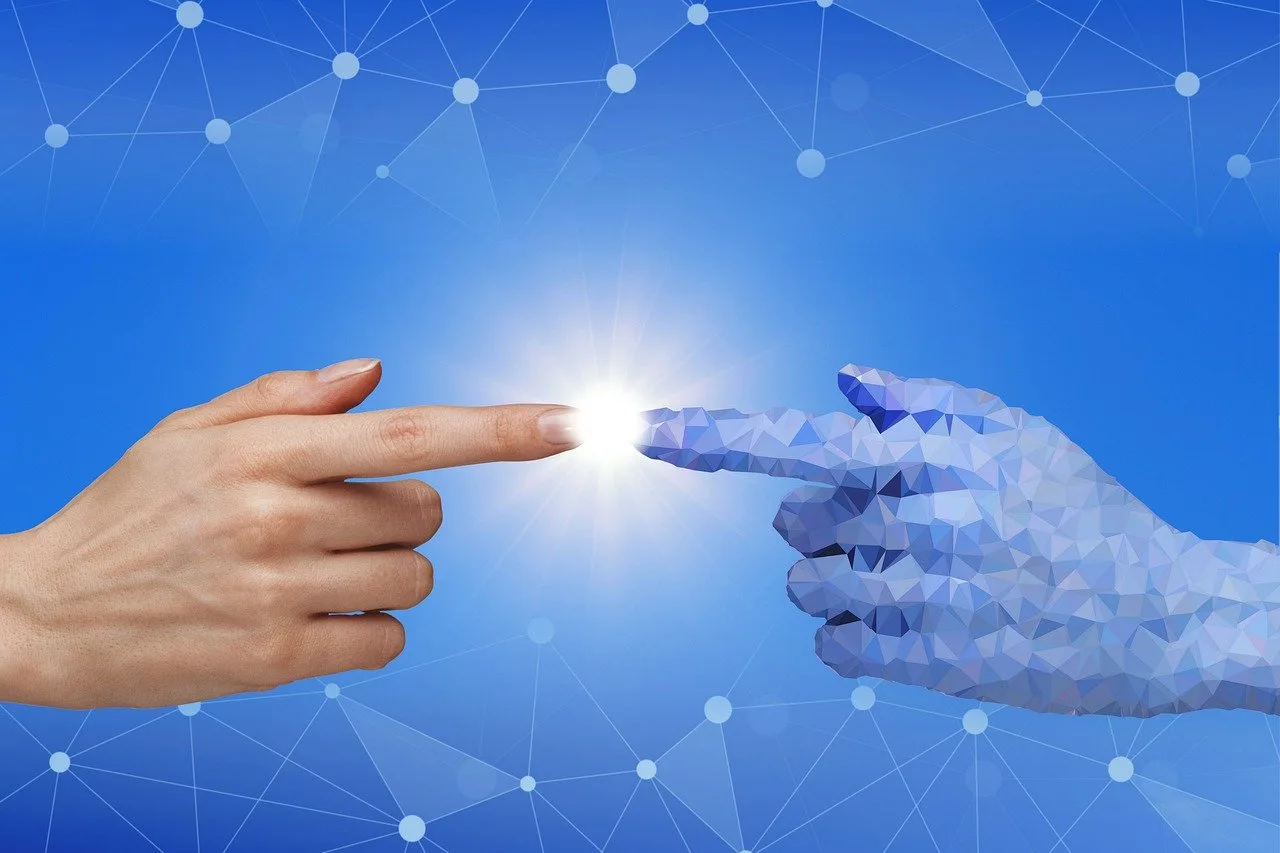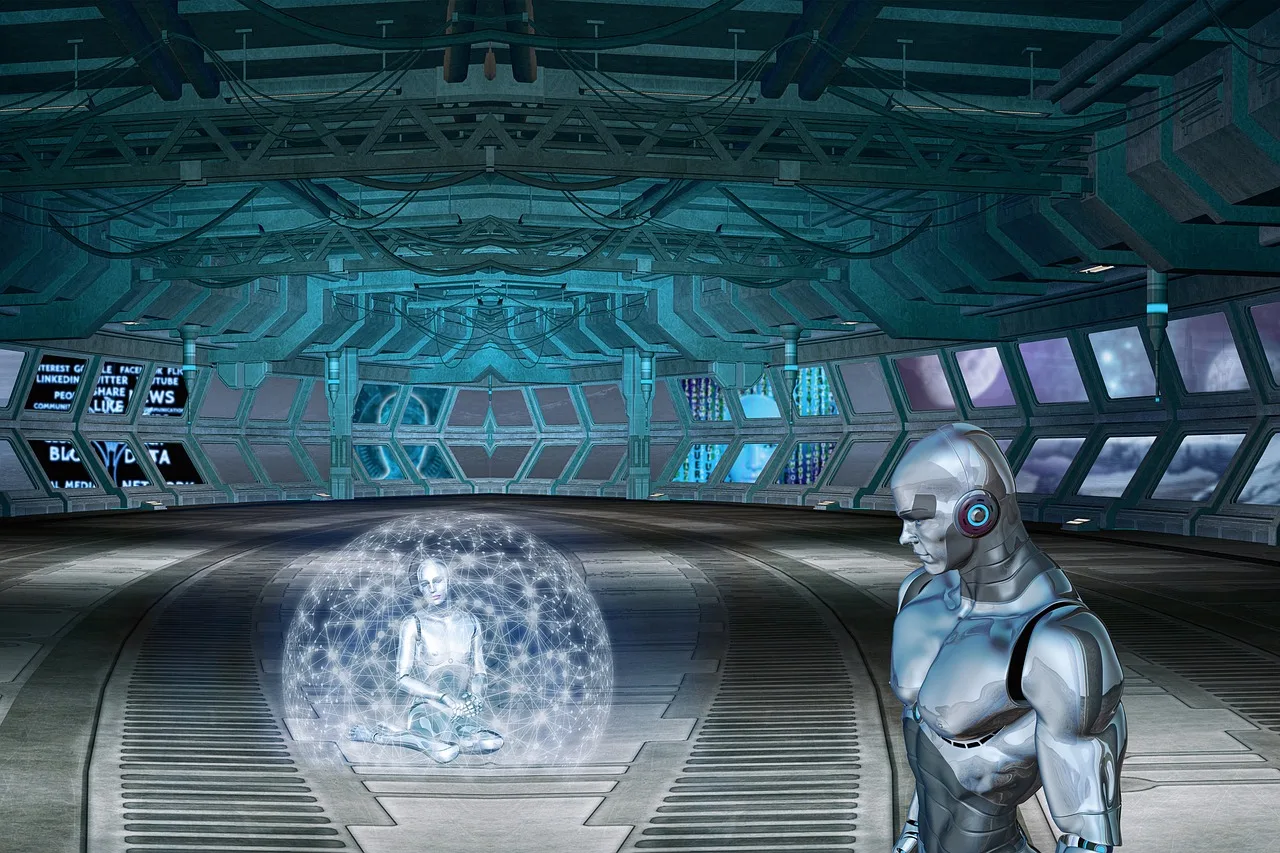
Will Robots Take Over the World in 2050?
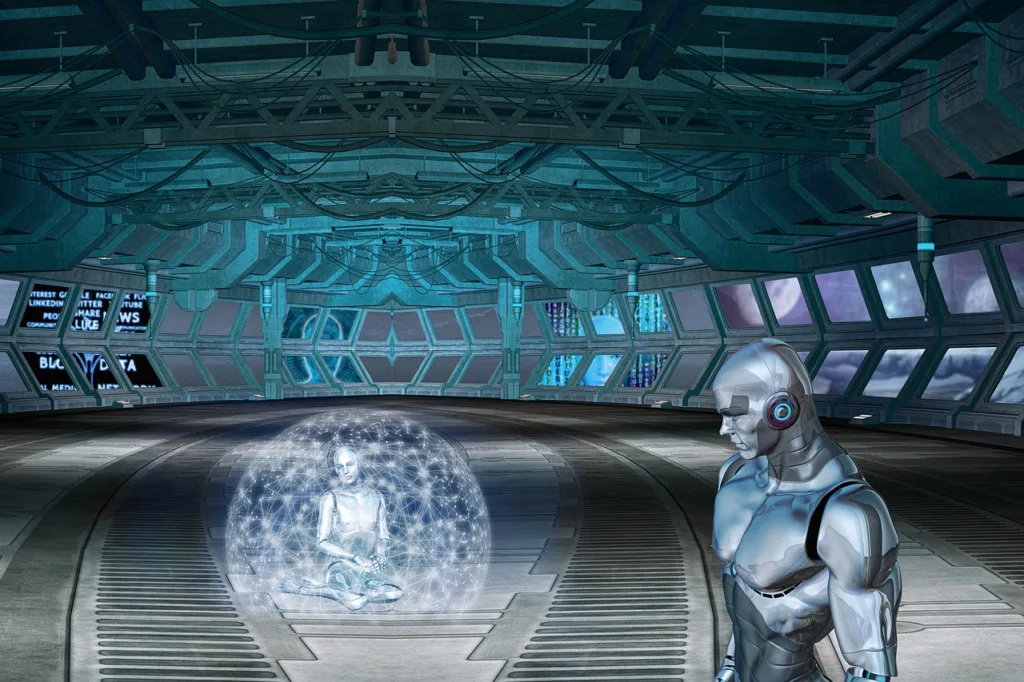
The rapid evolution of robotics and artificial intelligence has sparked intriguing discussions about the future, leading many to ponder whether robots will take over the world by 2050. In this article, we’ll delve into the current state of robotics, speculate on the future landscape, and explore the various facets of this technological revolution.
The Current State of Robotics
Before we delve into the future, let’s ground ourselves in the present state of robotics. Over recent decades, robots have seamlessly integrated into various industries, from manufacturing and healthcare to transportation and entertainment. Their significance lies in their ability to streamline processes, enhance efficiency, and boost productivity.
The Advancements in Artificial Intelligence
A driving force behind robotic development is the evolution of artificial intelligence (AI). AI empowers robots to learn, adapt, and make decisions based on data and patterns. As machine learning algorithms advance, robots gain autonomy and proficiency in handling complex tasks.
Role of Robotics in 2050
Let’s guess what robots might be up to in the future. There could be good things, but also some not-so-good things with more advanced robots.
1. Job Market and Automation
One of the pressing concerns is the impact of automation on the job market. While robots can enhance efficiency, they also pose a threat to certain jobs. However, this shift may open up new avenues for employment in fields that require human creativity and emotional intelligence.
2. Ethical Considerations
As we embrace the benefits of advanced robotics, ethical considerations come to the forefront. Addressing issues such as privacy, security, and accountability is crucial to ensure the responsible development and use of these technologies.
3. Human-Robot Collaboration
Rather than replacing humans, robots are increasingly being designed to collaborate with us. This synergy aims to amplify human capabilities and productivity, leading to a future where man and machine work side by side.
4. Robotics in Healthcare
In the medical field, robots are making remarkable strides, assisting in surgeries, providing caregiving support, and even delivering medications. The potential for improved patient outcomes is substantial, but ethical and regulatory frameworks must accompany these advancements.
5. Environmental Impact
Contrary to dystopian visions, robots can contribute to environmental sustainability. From eco-friendly manufacturing processes to efficient waste management, the integration of robots in environmental initiatives holds promise.
6. Robotics in Entertainment
In the entertainment industry, robots are becoming increasingly prevalent, contributing to innovative experiences in arts and media. From robotic performers to AI-generated content, the entertainment landscape is evolving.
Integration with Artificial Intelligence
Integration with Artificial Intelligence enhances efficiency in various industries but also raises poignant questions about the ethical dimensions of machines making complex decisions. Navigating this juncture requires a delicate balance between harnessing the potential of AI for societal benefit while ensuring responsible and ethical deployment.
1. Increased Efficiency vs. Potential Risks
Robotics and artificial intelligence promise unprecedented levels of efficiency, revolutionizing industries and streamlining our daily lives. The prospect of machines handling tasks with precision and speed opens doors to heightened productivity and innovation. However, this efficiency surge comes with its set of apprehensions. The potential risks associated with the unchecked advancement of technology, such as job displacement, ethical concerns, and the potential misuse of autonomous systems, loom large.
2. Job Displacement
While the integration of machines into various industries brings forth undeniable benefits, it also casts a shadow over the traditional job market. The concern lies in the potential displacement of human workers as machines take on routine and repetitive tasks. This shift prompts us to reflect on the broader implications for the workforce, necessitating a proactive approach to address the challenges of reemployment and skills development.
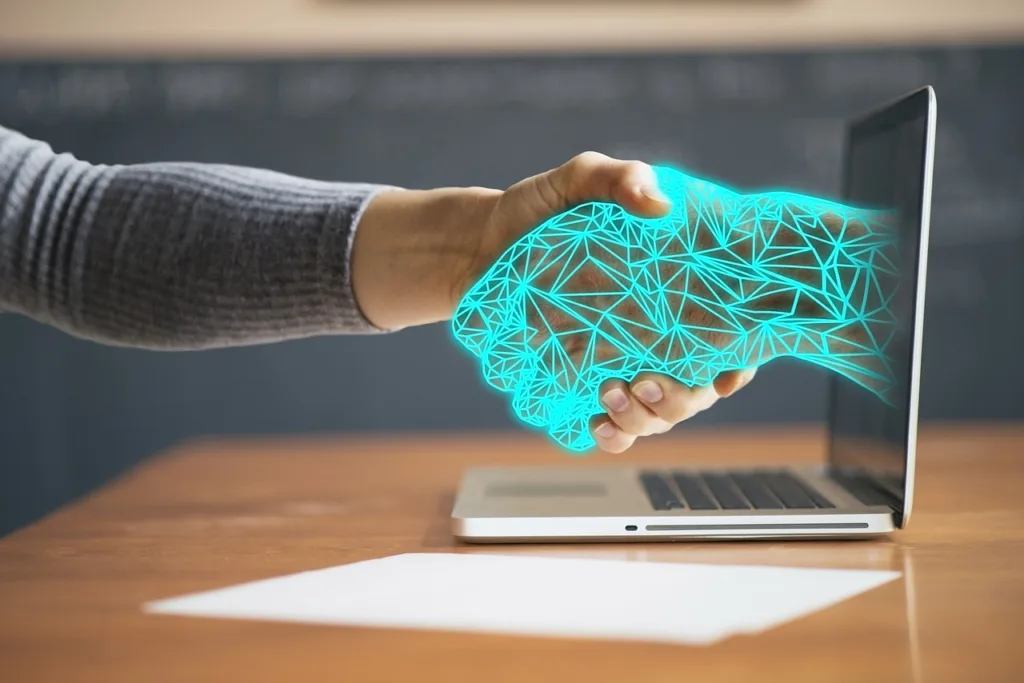
The Benefits of Robots
Increased Efficiency and Productivity
Robots ability to execute repetitive tasks with unparalleled precision and speed elevates efficiency in production processes. By working tirelessly without succumbing to fatigue, robots not only boost productivity but also minimize downtime. The integration of robotic automation fosters faster production cycles and enhances quality control standards.
Improved Safety
One of the paramount benefits of employing robots lies in their deployment in hazardous environments. Robots excel in handling tasks deemed too dangerous or physically demanding for humans, ensuring the utmost safety for workers. In the realm of healthcare, robots emerge as valuable allies, assisting in surgeries to minimize errors and enhance patient outcomes.
Cost Savings
Robotic automation presents a compelling case for cost savings by mitigating labor expenses and refining overall operational efficiency. Operating ceaselessly, robots eradicate the need for shift rotations and overtime pay, resulting in substantial financial benefits. Additionally, their capacity to optimize resource utilization minimizes waste and maximizes output, offering a sustainable approach to business operations.
Precision and Accuracy
Equipped with advanced sensors and algorithms, robots epitomize precision and accuracy in task execution. This sophisticated technology allows them to consistently deliver high–quality results, significantly reducing human errors and the need for rework. In sectors like agriculture, robots emerge as precision-driven assets, precisely applying fertilizers and pesticides to optimize crop yield while minimizing environmental impact.
Enhanced Customer Experience
The service industry witnesses a paradigm shift with the incorporation of robots to provide personalized and efficient customer interactions. From offering information and recommendations to executing tasks such as checkouts and deliveries, robots enhance the overall customer experience. Robotic automation in customer service ensures shorter response times, leading to heightened customer satisfaction.
The Impact on the Workforce
Automation’s rise prompts concerns about workforce repercussions. While robots may replace certain repetitive or hazardous jobs, they also open new opportunities. Historically, technological advances displaced jobs but birthed new industries and roles. The key is reskilling and upskilling the workforce to adapt to the evolving landscape.
The Ethical Considerations
As robots grow more intelligent and autonomous, ethical dilemmas emerge. Questions about robot rights, potential misuse, and effects on human interaction and empathy surface. Continuous societal discussions and established guidelines are imperative to ensure ethical development and utilization of robots.
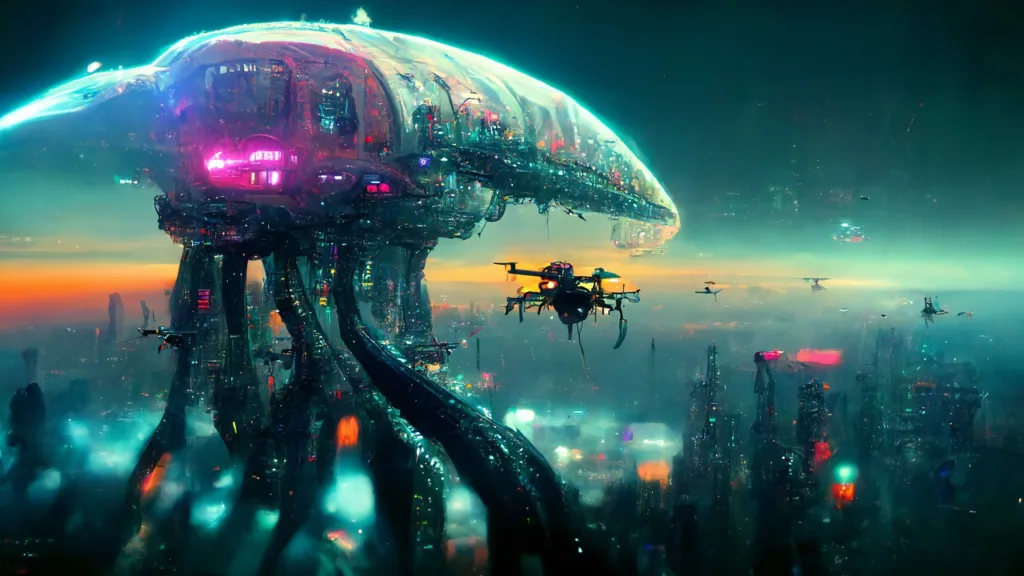
Predictions for 2050
As we cast our gaze into the future, the year 2050 holds the promise of transformative technological developments. From advanced AI-driven decision-making to the seamless integration of robotic assistants into our lives, the possibilities are both exciting and thought-provoking. As we approach this futuristic horizon, the challenges and opportunities presented by these predictions prompt us to carefully consider the ethical and societal implications, ensuring a harmonious coexistence between humanity and its technological counterparts.
1. Technological Advancements
From the marvels of artificial intelligence to the precision of robotics, these advancements promise a world where tasks once deemed impossible are now within our grasp. these advancements seamlessly integrate into our daily lives, enhancing efficiency and reshaping the way we perceive and interact with technology. The convergence of cutting-edge innovations promises breakthroughs in medicine, communication, and environmental sustainability.
2. Societal Adaptations
By 2050, our social fabric may witness a fundamental shift in how we connect, communicate, and organize ourselves. As technology becomes an integral part of our daily lives, societal norms and structures may undergo metamorphosis, paving the way for a more interconnected and globally conscious world. As we look ahead to 2050, the prospect of societal transformations encourages a thoughtful reflection on how we can navigate the evolving dynamics and create a future that is not only technologically advanced but also socially harmonious.
The Role of Robots in Different Industries
In various industries, robots have already become an integral part of the workforce. They are used in manufacturing, healthcare, transportation, and many other sectors to increase efficiency and productivity. In the future, robots are likely to continue playing a significant role in these industries. However, their primary function will be to assist humans rather than replace them entirely. Robots excel at repetitive and dangerous tasks, allowing humans to focus on more complex and creative endeavors.
The Limitations of Robots
Despite their potential, robots have inherent limitations. They lack human intuition, empathy, and the ability to understand complex social dynamics. These qualities are essential in many professions that require human interaction, such as counseling, teaching, and caregiving. Additionally, robots are susceptible to malfunctions and errors, which can have serious consequences in certain industries. Therefore, it is unlikely that robots will completely replace humans in all aspects of life by 2050.
The Future of Robots
1. Artificial Intelligence (AI)
The driving force behind the future of robots is the rapid evolution of artificial intelligence. AI empowers robots to learn, adapt, and make decisions based on data and experiences. As AI continues to advance, robots are poised to become more intelligent, handling complex tasks with minimal human intervention.
2. Automation and Labor
Closely intertwined with the future of robots is the impact of automation on the labor force. With robotics advancements, numerous repetitive and mundane tasks can be automated, liberating human workers for more creative and complex roles. However, this progress raises concerns about job displacement and the imperative need for workforce re-skilling.
3. Healthcare and Medicine
In the future, AI-equipped robots with advanced sensors will play an even more significant role in healthcare, offering personalized care, monitoring patient vitals, and assisting in diagnosis and treatment.
4. Social and Emotional Robotics
The future of robots extends beyond mere functionality, with social and emotional robotics aiming to create robots capable of understanding and responding to human emotions. However, ethical considerations regarding privacy and human-machine relationships must be addressed.
5. Environmental Applications
Robots can play a vital role in addressing environmental challenges. They can monitor pollution levels, clean up oceans, and assist in disaster response. With the integration of AI and advanced sensors, robots can collect valuable data, contributing significantly to the preservation of our planet.
Final Words
The notion of robots taking over the world may seem like science fiction, but reality is nuanced. Robots and AI possess the potential to revolutionize industries and improve our lives. Yet, they remain tools requiring human guidance and ethical considerations. Embracing technology and actively participating in its development enables us to shape a future where humans and robots coexist harmoniously, working together to create a better world.
Remember, the future is what we make it, and it is up to us to ensure that robots remain our allies rather than our adversaries.
For more such information come to our array of prompts to the way of your work with AI.



